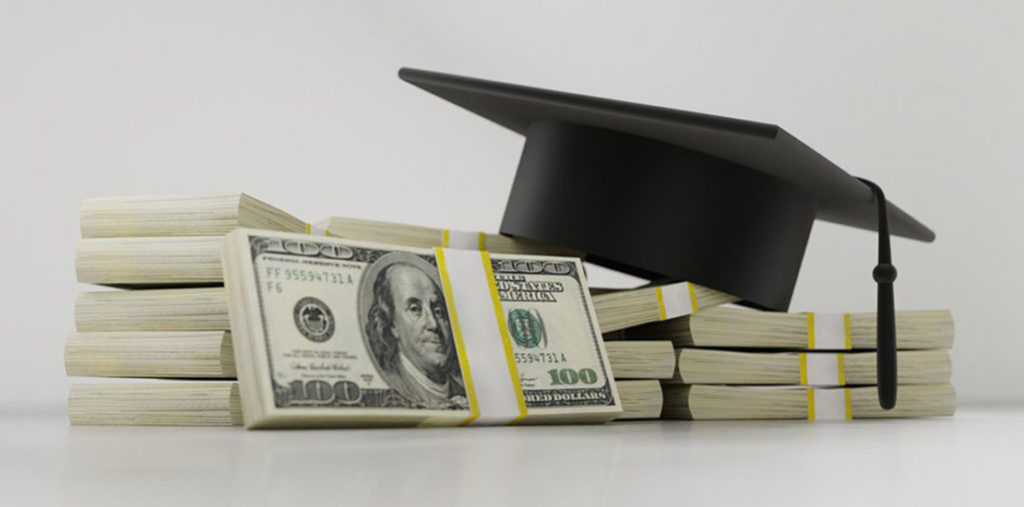
A simple, no-cost letter redesign, informed by behavioral science, could increase Cal Grant take-up and enable more students to attend college.
Background
Every year, over 150,000 low- and moderate-income California high school graduates are eligible for Cal Grant entitlement awards, which can cover full tuition and most fees at any of the three public higher education segments in the state, or can make substantial contributions toward tuition at private colleges. Unfortunately, many eligible students don’t take up the awards. Many may not be aware of their eligibility, know how to navigate the system, or feel like these funds are truly meant for them.
Research Project
In 2017-18 and 2018-19, the California Policy Lab and the People Lab at UC Berkeley worked with the California Student Aid Commission (CSAC) to design and test more effective notifications to eligible high school seniors. To test if small changes to grant notification letters could increase awareness and take-up, CSAC partnered with researchers to send seven different versions of the letter to over 250,000 high school students over the course of two years. The redesigned letters were clearer, shorter, and encouraged students to think of themselves as college-bound. One letter also included personalized information about the total amount of financial aid available, and how that would impact the net costs of attending the colleges and universities to which a student had already applied.
Research Team
Professor Jesse Rothstein (Co-Principal Investigator) and Professor Elizabeth Linos (Co-Principal Investigator), Vikash Reddy, Samantha Fu, Charles Davis
Results
In the 2017-18 experiment, 62.0% of students who received the original letter registered for accounts, compared to 67% who received the simplified letter and 69% who received the letter with additional sentences about belonging.
In the 2018-19 experiment, 64% of students who received the baseline letter (the simplified letter from the first year) registered for accounts. Two of the treatment letters had small, positive, but statistically insignificant effects compared to the baseline, while the third treatment letter, which added personalized net cost information, increased the rate of account creation by 3 percentage points.
After registering for a WebGrants4Students account, students must enroll in college to receive their Cal Grant awards. In the 2017-18 experiment, the payout rate was between 60 and 61 percent in all three groups, and was notably lower in the 2018-19 experiment, perhaps due to delayed reporting from colleges. Across both years, the effects on college enrollment are small and statistically insignificant, likely reflecting that Cal Grant account registration is only one step in a complex college application and financial aid process.
Read the October 2021 Policy Brief
Read the October 2021 Working Paper
Read the November 2019 report (describes results from 2017-18 experiment)
